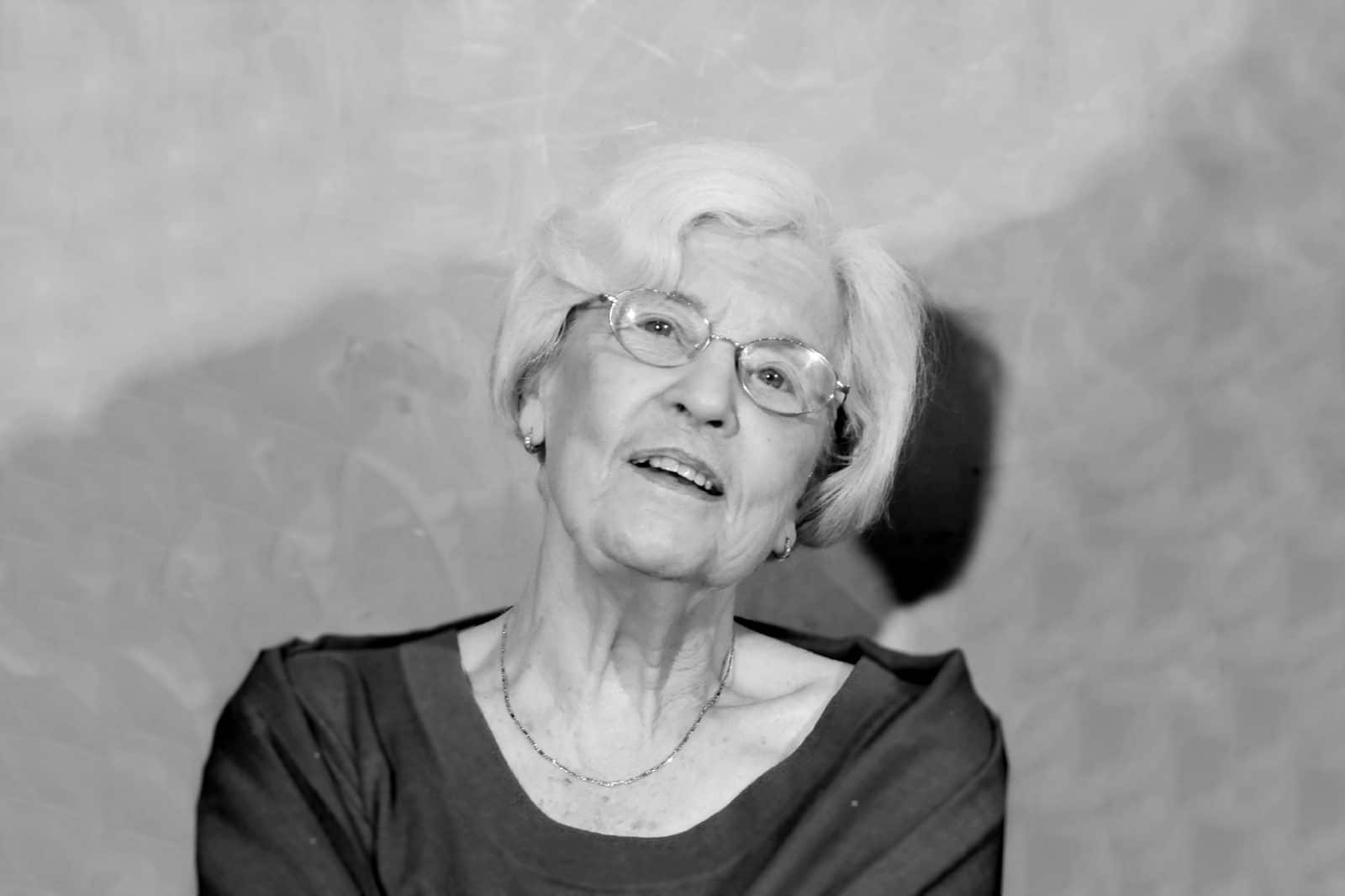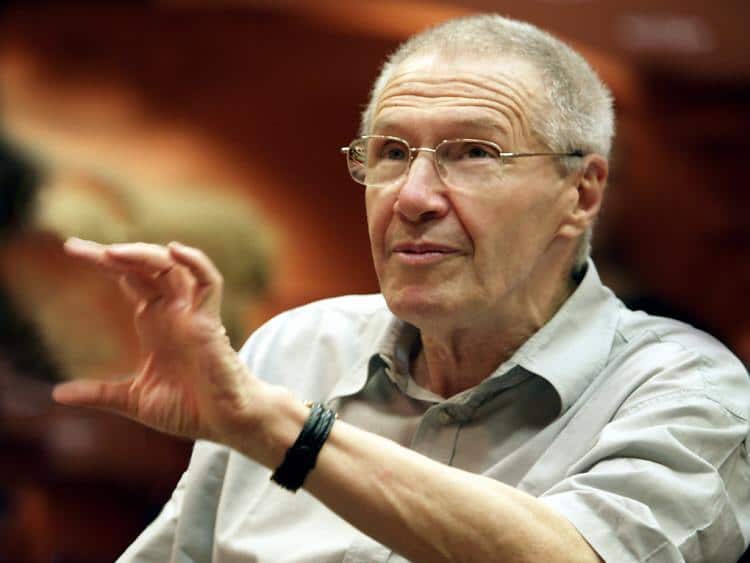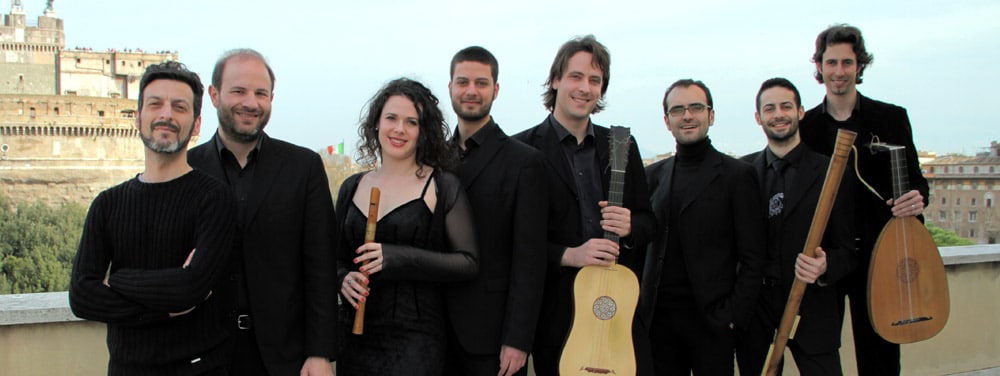From Thursday 17 September onwards, Maastricht will be dominated by four days of arts festival Musica Sacra. Started in 1983 as the European Festival of Religious Music, other art disciplines are now also presented, in atmospheric churches and other historical venues. This year's theme is 'The road', loosely inspired by the pilgrimage route to pilgrimage destination Santiago de Compostela, with the central question being whether being on the road is not more important than arriving. This is depicted by a girl dressed in miniskirts and knee socks, walking a platform with a teddy bear under her arm. Associations with Catholic clerics who do like a green leaf intrude, no doubt unintentionally. Here are my five music tips.
Frederic Rzewski: The Road
American-Belgian composer Frederic Rzewski (born 1938) became best known for his activist piano solo The People United Will Never Be Defeated!. In this series of variations on a socialist militant song, he adapted a tonal theme with serialist and minimalist techniques. Although his music is often highly virtuosic and places high demands on the performer, it always remains imitable. The same is true of the five-hour cycle The Road for piano solo.
The eight parts are each subdivided into as many miles - which gradually get longer and longer. In this, Rzewski more or less follows his own life path, which is full of capricious side-paths. Sometimes we hear pounding clusters, then charming tinkling or a romantic waltz, at other times the sound box is clacked, creaking sounds are heard, or the pianist whistles along nicely. Rzewski specialist Daan Vandewalle plays the first four movements, 'Turns', 'Tracks', 'Tramps' and 'Stops'.
Betsy Jolas: Motet IV "Ventosum vocant"
 Betsy Jolas (1926) is little known here in the country, but is a celebrity in her native France. She studied with Milhaud and Messiaen and shares with avant-gardists like Pierre Boulez and Karlheinz Stockhausen a flair for unusual timbres and new ways of playing. Garbled 'bleep-grunt', however, is foreign to her. Her music is distinctly lyrical, perhaps because of her love for the Flemish polyphonists.
Betsy Jolas (1926) is little known here in the country, but is a celebrity in her native France. She studied with Milhaud and Messiaen and shares with avant-gardists like Pierre Boulez and Karlheinz Stockhausen a flair for unusual timbres and new ways of playing. Garbled 'bleep-grunt', however, is foreign to her. Her music is distinctly lyrical, perhaps because of her love for the Flemish polyphonists.
Jolas has a great affinity for the human voice, whose expressive qualities she makes the most of. For instance in the wonderfully beautiful Motet IV "Ventosum vocant", On a Latin text by Petrarch. Climbing to the summit of Mont Ventoux, the poet looks forward to vast vistas, only to realise once at the top that he has neglected the insight into his own soul. Jolas captures this surprisingly topical theme in an array of vocal shades from a soprano accompanied only by a harp, two horns and two strings.
Luigi Nono: 'Hay que caminar' soñando
Like Rzewski, Italian Luigi Nono (1924-1990) wanted to uplift the people with his music; as a convinced communist, he performed for factory workers. Many of his works have political overtones, but he never went down on his knees musically. Using the serialist serial technique, he created an inventive, rapidly staggered interplay of lines from instrument to instrument, in which lyricism and emotion are paramount despite the intellectualist premises.
As in 'Hay que caminar' soñando for two violins, the conclusion of a three-part cycle on the maxim 'No hay caminas, hay che caminar' (There are no roads, we can only go forward), which he once read on a monastery wall in Toledo. In this, as in the other two movements, Nono explores the relationship between space and sound; the music often balances on the edge of silence. The Saint Servatius Basilica, with its generous acoustics, is the ideal setting to do justice to even the most subtle sound nuances.
Concerto Romano: Roman Oratorios
The young Italian ensemble Concerto Romano makes its debut in the Netherlands with this concert. Musical director Alessandro Quarta and his musicians specialise in Baroque music from their place of employment. They proudly call themselves 'the first group to systematically explore the remarkable world of the 17e-century Rome back to life'. They said the dazzling beauty of contemporary frescoes, paintings and architecture was matched by equally ear-pleasing music by composers who have been largely forgotten.
Indeed Lorenzo Ratti, Bonifacio Graziano and Giovanni Francesco Anerio are not household names, but Quarta firmly believes in the power of their music. About Anerio's Dialogue of the prodigal son he writes: 'It is among the most impressive music prints of the time. Its smooth and streamlined narrative style, at times almost childlike, brings us simple and poignant emotions, with the communicative spontaneity of a comic strip.'
György Kurtág: Kafka-Fragmente

Hungarian composer György Kurtág (b. 1926), like Anton Webern, manages to cobble together a world of eloquence in an extremely short space of time. However, Kurtág's message is more existentialist: all his music seems to be one big cry against the injustices of life. Even the forty Kafka Fragmente for soprano and violin are of blood-curdling intensity, even if some last no more than half a minute or a full minute.
The festival's theme is taken from the second and longest movement, 'Der wahre Weg' (Hommage-message à Pierre Boulez). It reads: 'The true path runs along a cord stretched not in height, but just above the ground. It seems designed more to trip you up than to walk it.' As the violin stretches wobbly, elongated threads, the singer groans and leans as if in danger of losing her balance. Almost more beautiful is the excerpt 'Ziel, Weg, Zögern' from part 3, the lyrics of which fit seamlessly with Nono's motto: 'There is a goal, but no path, what we call a path is drifting.'
This is just a small sample of the very wide range on offer. You will find the full programme here.



